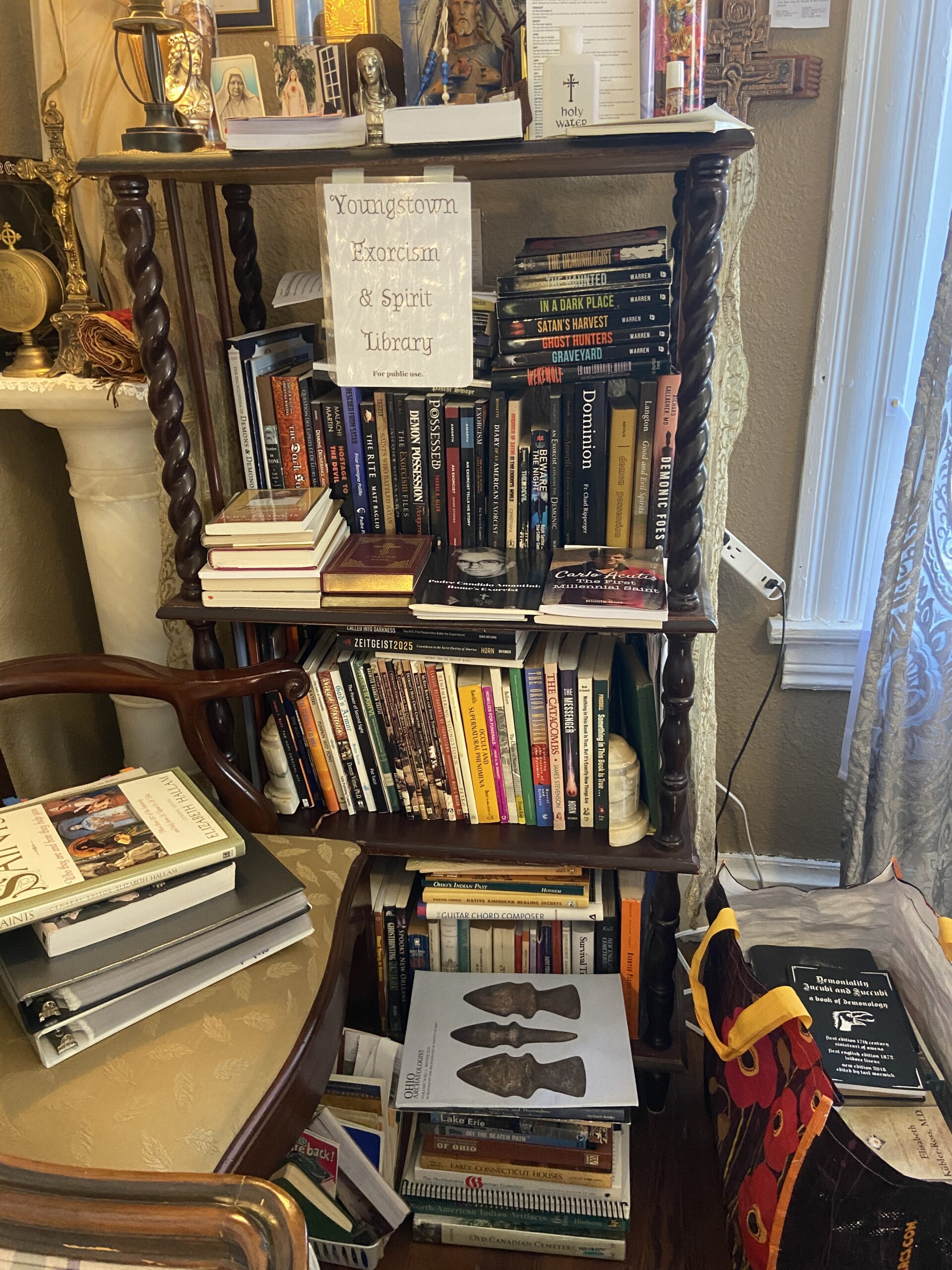By Sydney Fairbanks and Madison Fessler / Jambar Contributors
Youngstown is one of the oldest cities in Ohio, and with the plethora of history in the Mahoning Valley comes a variety of ghost stories too.
Amy Fluker, associate professor of history, said ghost stories are an important piece of American history, rooted in the fear of death and being forgotten.
“Ghost stories are such an interesting way to see how people care about the past. Ghost stories are a way of keeping the past alive — particularly people we’ve lost — and they’re often also a way of looking for justice,” Fluker said. “We think of ghosts as haunting to call attention to some kind of wrong, like an untimely death, a person who was murdered or betrayed, their soul cannot rest and so they’re haunting.”
Fluker said investigating these hauntings gives the living a chance to correct past wrongdoings and make a better future.
There’s a number of haunted places on campus and the surrounding area.
In the 2007 Halloween edition of The Jambar, four staff members stayed the night in these haunted locations.
They went to the University Courtyard Apartments, Kilcawley House, Sweeney Hall and the Wick-Pollock Inn, now the president’s house.
Andrew Berry, former sports editor for The Jambar, wrote that the group started their investigation in Kilcawley House.
“Inside Kilcawley House, we begin with the stairwell, where a janitor supposedly hung himself years ago,” Berry stated.
Kilcawley House didn’t yield physical evidence of the spirit, but the story of the janitor remains as campus lore.
In Wick-Pollock Inn, the group took a photo where a singular white orb is visible.
Orbs in photographs are often regarded as spirits, though its validity is disputed. Using photography and videography to catch evidence of ghosts has been a long-standing practice for paranormal investigators.
Liz Khumprakob, owner of Unique Boutique and Youngstown Exorcism & Spirit Library, said taking photographs is what got her into the paranormal.
“I traveled to Atlanta, Georgia, and walked around a cemetery there. When I got my photos back from the trip, one of the pictures was of a gravestone with a statue of a lady and in the top left corner, there was this little mist coming into the photo,” Khumprakob said. “It was big enough and noticeable enough, I thought, ‘What is this? That wasn’t in the picture when I took it, there was nothing like that. It wasn’t misty.’”
Khumprakob’s experience led to her becoming a paranormal investigator for years. She said paranormal occurrences can happen anywhere and disrupting a grave can have consequences.
“Everywhere is haunted, especially cemeteries, because there’s such a connection with the remains and the final resting place and marker of someone. If a grave is desecrated in any way, either purposefully or accidentally, and it’s not rectified, it causes unrest with a spirit. It could cause a problem for someone in the next life,” Khumprakob said.
While stories surround locations labeled as haunted for centuries, they can shift overtime, especially when there’s no irrefutable evidence.
Fluker said this speaks to how these stories relate to history.
“Ghost stories are inherently about history. They’re such a cool way for us to connect with the past and often it’s local history. People care about ghosts in their town or on their campus,” Fluker said.


